- sort orderDefault
Photo title, A → Z
Photo title, Z → A
✔ Date created, new → old
Date created, old → new
Date posted, new → old
Date posted, old → new
Visits, high → low
Random - Google Map
- map
 home / Insecta · vabzdžiai / Coleoptera · vabalai / Pyrochroidae · raudonvabaliai / Pyrochroa coccinea · paprastasis raudonvabalis
home / Insecta · vabzdžiai / Coleoptera · vabalai / Pyrochroidae · raudonvabaliai / Pyrochroa coccinea · paprastasis raudonvabalis

-
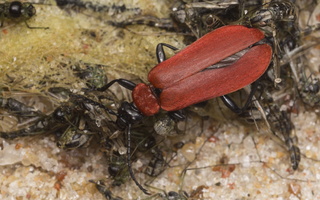 Pyrochroa coccinea · paprastasis raudonvabalis
Pyrochroa coccinea · paprastasis raudonvabalis
-
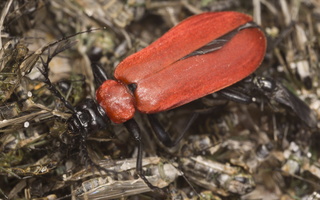 Pyrochroa coccinea · paprastasis raudonvabalis
Pyrochroa coccinea · paprastasis raudonvabalis
-
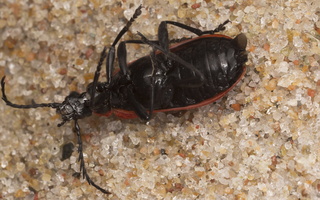 Pyrochroa coccinea · paprastasis raudonvabalis
Pyrochroa coccinea · paprastasis raudonvabalis
-
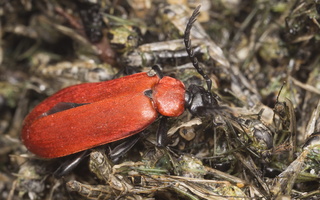 Pyrochroa coccinea · paprastasis raudonvabalis
Pyrochroa coccinea · paprastasis raudonvabalis
-
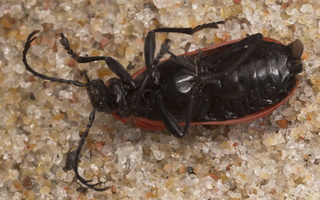 Pyrochroa coccinea · paprastasis raudonvabalis
Pyrochroa coccinea · paprastasis raudonvabalis
-
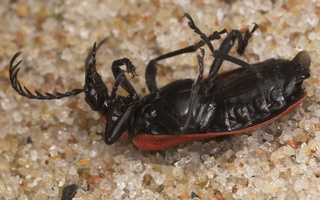 Pyrochroa coccinea · paprastasis raudonvabalis
Pyrochroa coccinea · paprastasis raudonvabalis
-
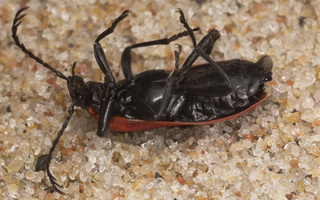 Pyrochroa coccinea · paprastasis raudonvabalis
Pyrochroa coccinea · paprastasis raudonvabalis
-
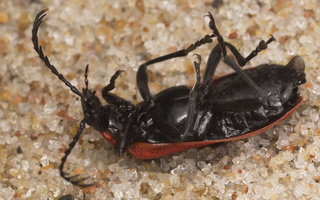 Pyrochroa coccinea · paprastasis raudonvabalis
Pyrochroa coccinea · paprastasis raudonvabalis
-
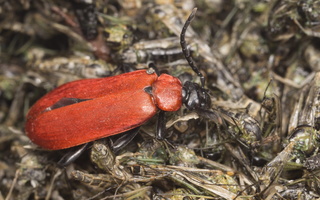 Pyrochroa coccinea · paprastasis raudonvabalis
Pyrochroa coccinea · paprastasis raudonvabalis
-
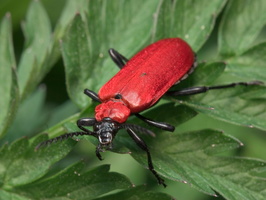 Pyrochroa coccinea · paprastasis raudonvabalis
Pyrochroa coccinea · paprastasis raudonvabalis
-
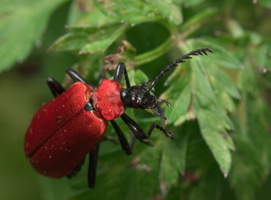 Pyrochroa coccinea · paprastasis raudonvabalis
Pyrochroa coccinea · paprastasis raudonvabalis
-
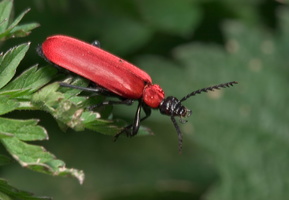 Pyrochroa coccinea · paprastasis raudonvabalis
Pyrochroa coccinea · paprastasis raudonvabalis
-
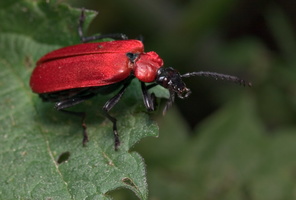 Pyrochroa coccinea · paprastasis raudonvabalis
Pyrochroa coccinea · paprastasis raudonvabalis
-
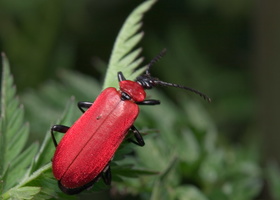 Pyrochroa coccinea · paprastasis raudonvabalis
Pyrochroa coccinea · paprastasis raudonvabalis
-
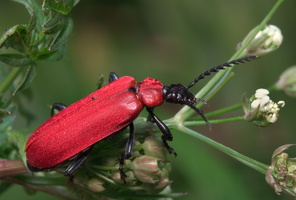 Pyrochroa coccinea · paprastasis raudonvabalis
Pyrochroa coccinea · paprastasis raudonvabalis
-
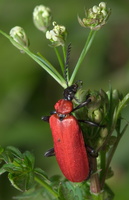 Pyrochroa coccinea · paprastasis raudonvabalis
Pyrochroa coccinea · paprastasis raudonvabalis
-
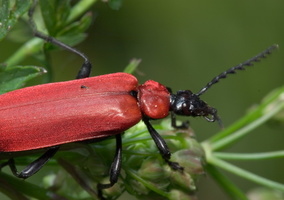 Pyrochroa coccinea · paprastasis raudonvabalis
Pyrochroa coccinea · paprastasis raudonvabalis
-
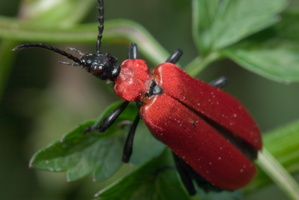 Pyrochroa coccinea · paprastasis raudonvabalis
Pyrochroa coccinea · paprastasis raudonvabalis
-
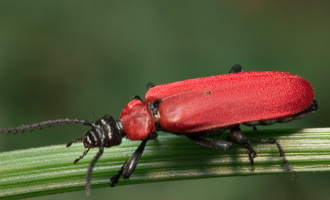 Pyrochroa coccinea · paprastasis raudonvabalis
Pyrochroa coccinea · paprastasis raudonvabalis
Pyrochroa coccinea · paprastasis raudonvabalis
- Cardinal beetle
- Scharlachrote Feuerkäfer
- paprastasis raudonvabalis
- melngalvas ugunsvabole
- ogniczek większy
It is found mainly in wooded areas and pastures throughout central Europe, north to southern Scandinavia and the UK, and further east it occurs in Ukraine, western Russia and Kazakhstan. P. coccinea live and reproduce on wooden logs in early stages of decomposition. Larvae develop over the span of many years, with overlapping generations often inhabiting a single wooden territory. Adults, however, are short-lived and exist during a brief season. They typically show up in April, become more populous in May and early June, and become very rare in the remaining months.